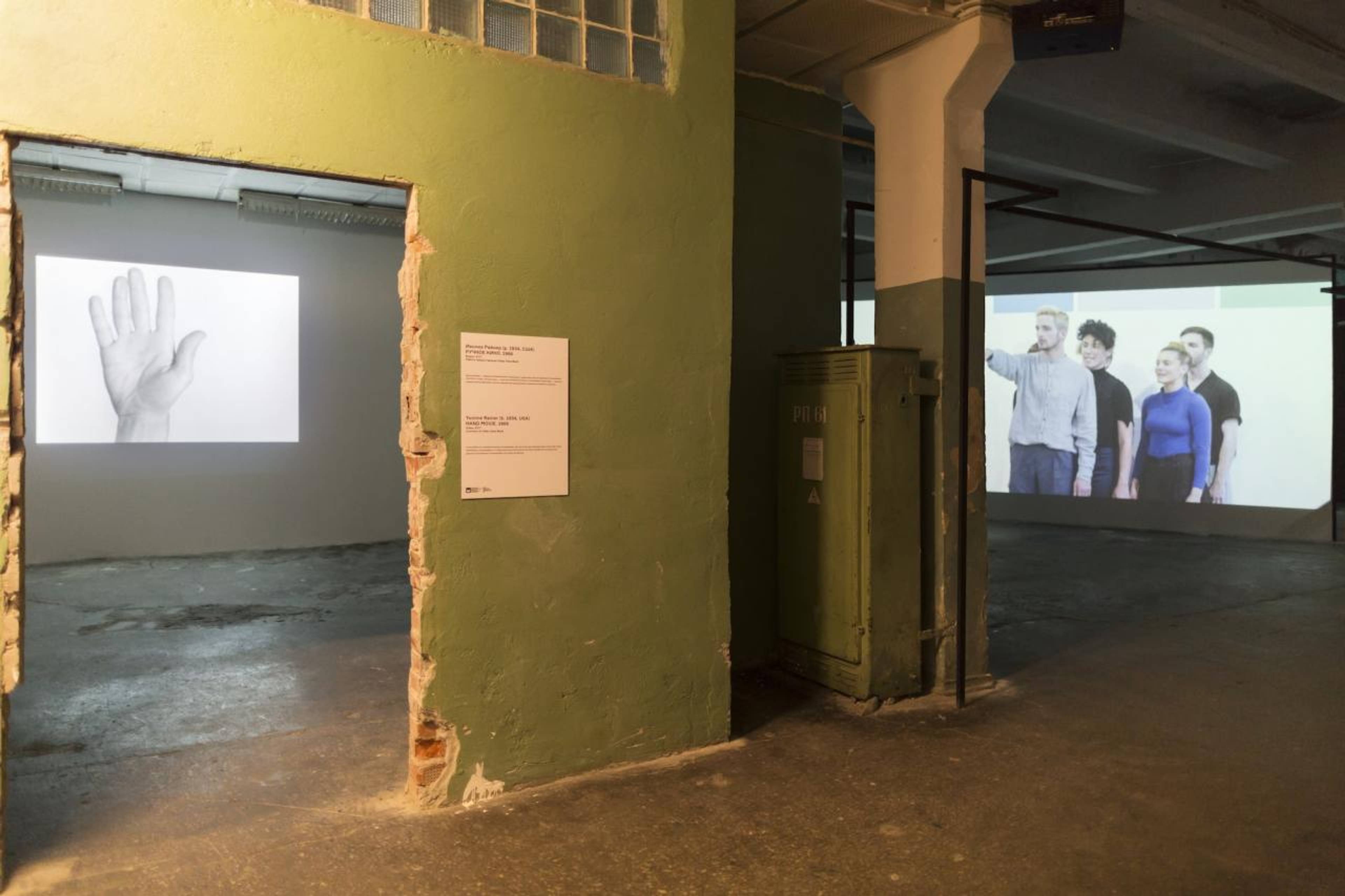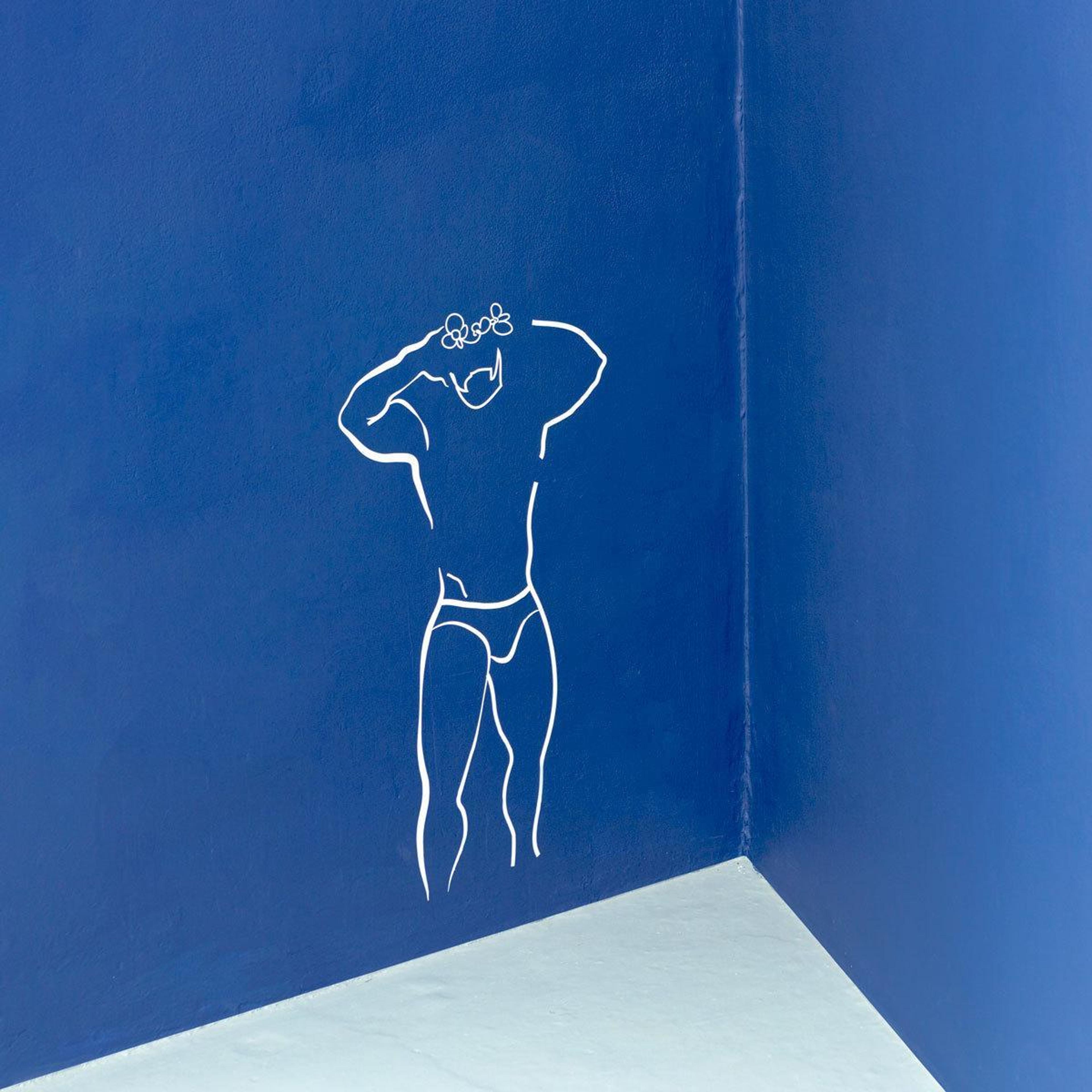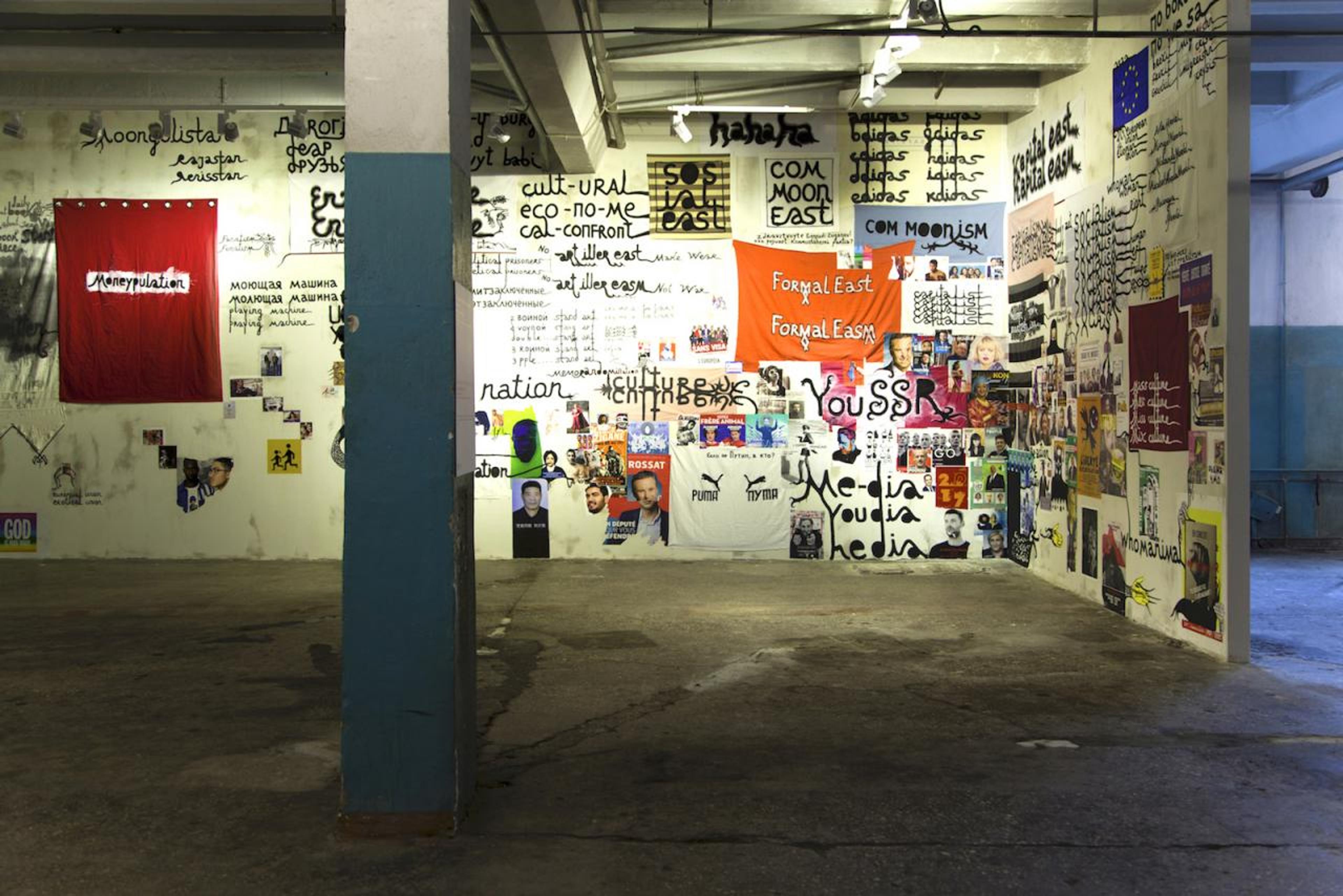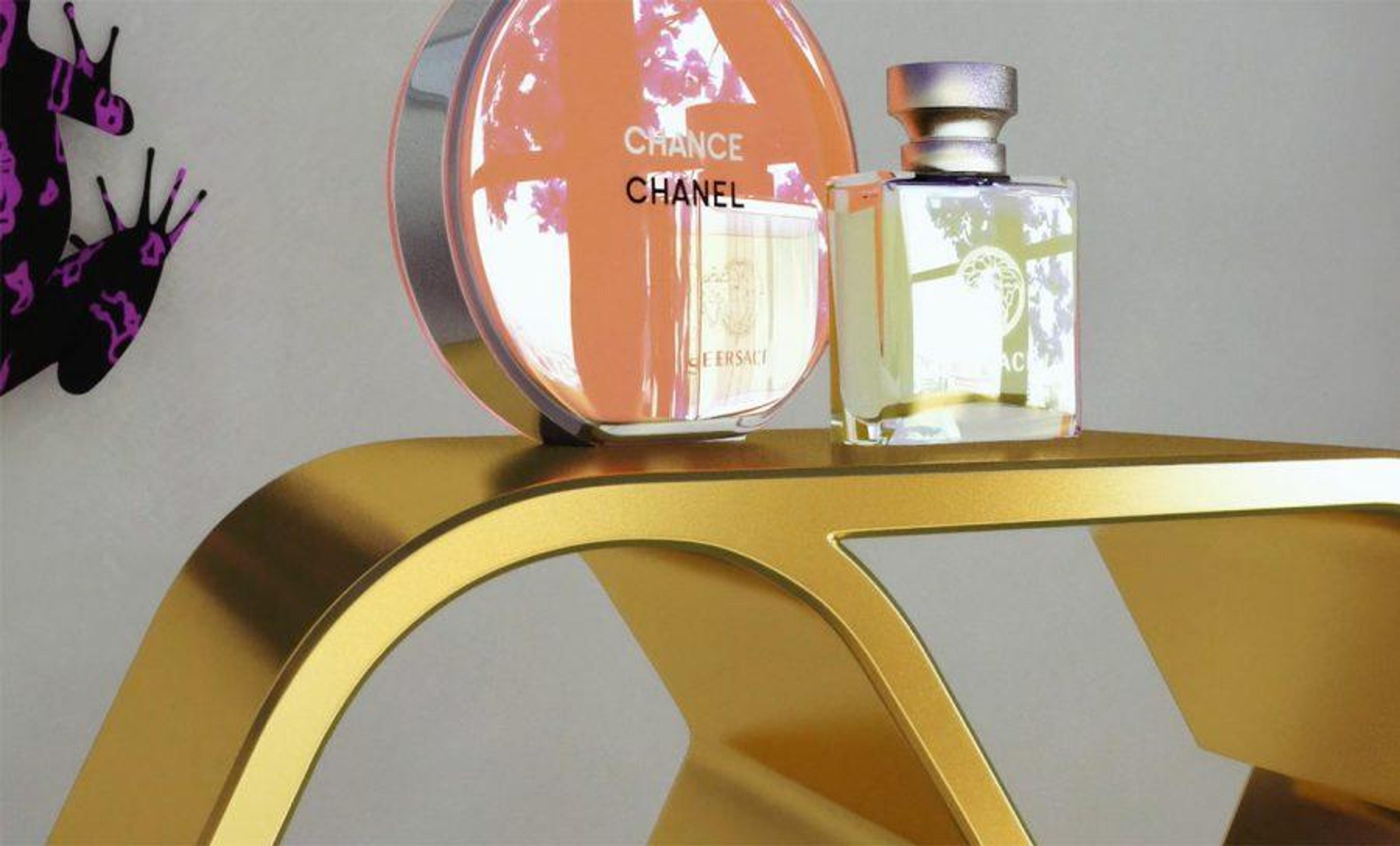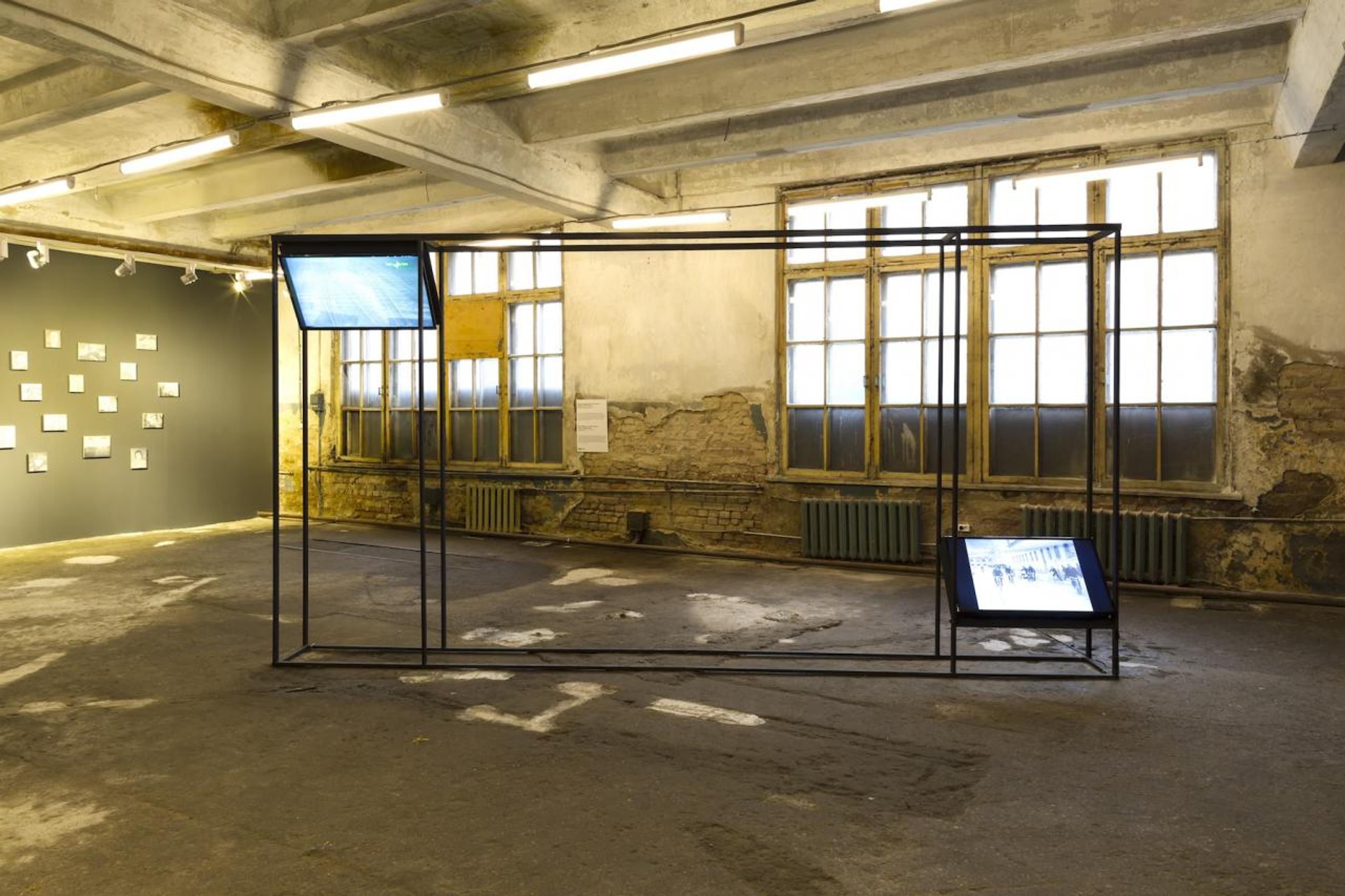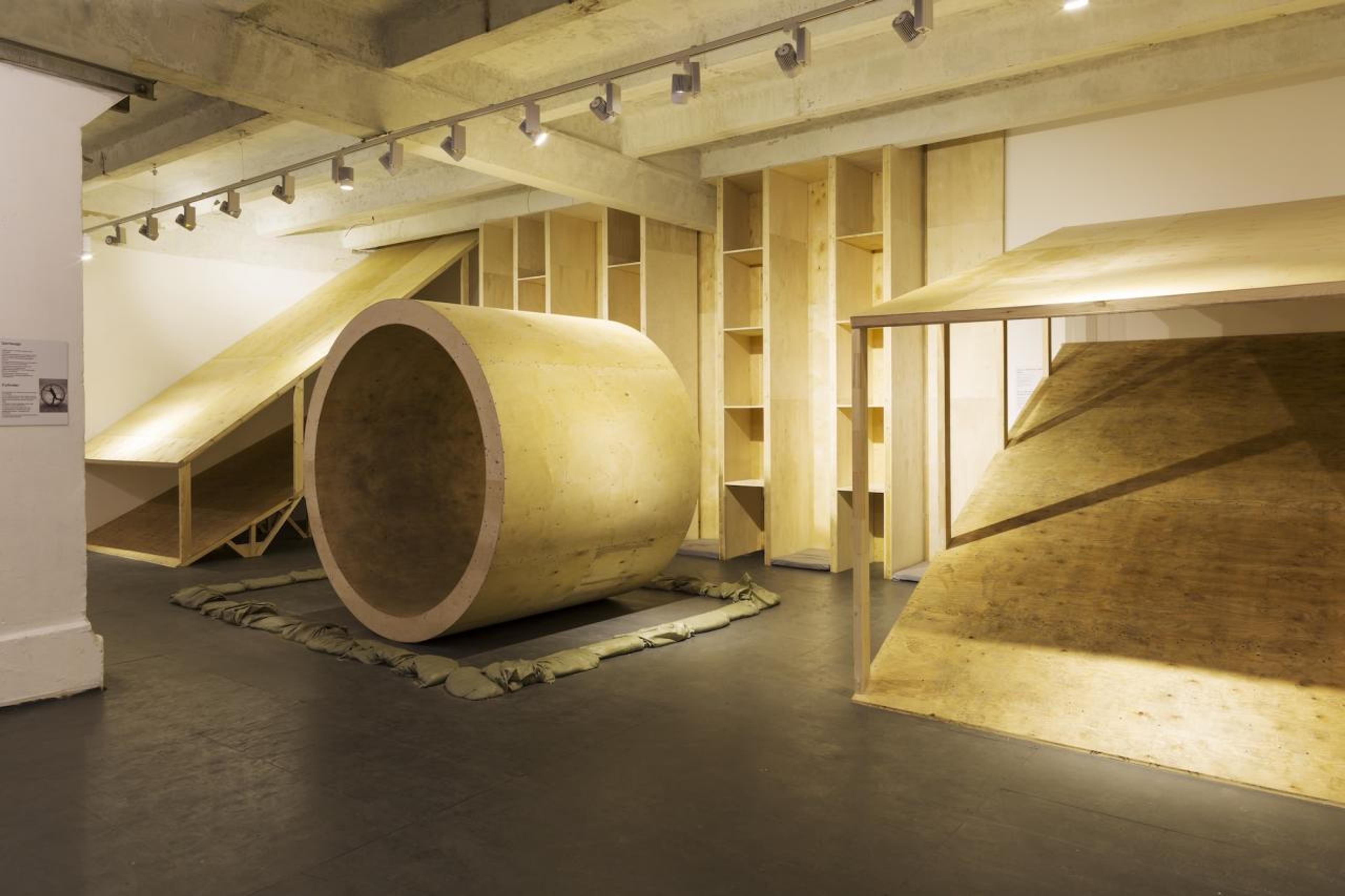Czułość has been one of the most unique anomalies in Warsaw’s art scene since 2010. Interested in spatial aspects of photography that link the medium to the object and the body, and frustrated by a lack of spaces for young photography, the group’s founders, Janek Zamoyski and Witek Orski, proposed their own open structure. Together with a number of friends – photographers, philosophers, sociologists, and musicians, most of them born in the 1980s – Czułość has introduced a new model of the project space to the city. It exists as a pop-up gallery, an art foundation, an experimental collective project, and, foremost, as an attitude. As Stach Szabłowski, critic and curator at the Centre for Contemporary Art in Warsaw, said: “Czułość’s members know how romantic stories end. They know that all heroic epochs must end, and that no rock-and-roll band will keep playing forever.” For Czułość’s second birthday celebration, they received best wishes from the likes of Jürgen Teller, Martin Parr, and Roger Ballen.
Gurl, 2013; From the series INCLUSUS, Digital photography
Dreamer, 2013; From the series NUDE, Digital photography
Night Walk, 2012; From the series DrunkIFindExcellentSubject, Analog photography
In Polish, “czułość” means tenderness. The name implies a romance, a love affair, bringing to mind a delicate, intimate relation that playfully contradicts the art world’s structures. It also suggests the haptic, tangible body; an idea in marked contrast to the way the body is represented in contemporary photo blogs.
Weronika Ławniczak is the only woman in the group, and she is both a participant and an interpreter. Part of a new generation of young photographers born in the mid-80s, she is still an MA student at the Uniwersytet Artystyczny in Poznań. In 2011, she presented a significant solo exhibition, “Ten kto walczy nie musi być smutny” [The One Who Fights Doesn’t Have to Be Sad] as part of the group. Czułość was also the focus of her BA thesis, which included a comprehensive introduction to the history of photography and its institutions. Her work is bold, informed, and consciously plays with the history of photography and the ambivalence of the photographic image. Ławniczak’s imagery experiments with two basic aspects of the photograph as described by Thierry de Duve in Time Exposure and Snapshot: The Photograph as Paradox: its status as a semiotic object and as a physical sign.
Untitled I, 2011; From the series TKWNMBS, Digital photography
Untitled, 2011; From the series TKWNMBS, Analog photography
Yet, de Duve, who wrote this essay for October magazine in 1978, was obviously unable to predict how the era of the Internet, Instagram, and Facebook would take effect on the medium. Within this realm, Ławniczak has established her own visual language. Her work includes an Instagram diary (which she describes as an exercise in the contemporary conditions of images); photographic and filmic sequences; series that are understood as essays ( Foliage Tend, Mundhöhe, and FGMNT ); real and staged portraits; still lifes; landscapes; nudes; nightlife and city stories; lifestyle snapshots; and series that mix all these genres together (such as WAH WAH, Lucky Me, Lucky You, SIID, TKWNMBS ).
Recently, Ławniczak’s work has focused on the tension between the static image (or frame) and the dynamic of a photographic sequence. This can be seen in a series like FGMNT , whose title deconstructs the word “fragment” into an incomplete sequence of letters. Other projects highlight the photographic process as such – the failures of the medium and its rich spectrum of mistakes. Ławniczak adopts these as a formal game, often using them as a tool to present the human body. It includes fantastic portraits of girls contorting their faces, a girl with eyes painted on her closed eyelids ( Untitled , 2011), “de-gendered” portraits of men and women, many of them Czułość members, dressed in ugly swimming caps or with medical collars (the series INCLUSUS ), or a woman with crossed eyes, captured in the totally “wrong” moment to make a portrait ( Untitled , 2011).
Ławniczak’s uses the photographic mistake as a main topic of the image: the woman looks like she is in an enigmatic trance, high on drugs, or sick. Other series are interested in staging “wrong” situations. Such as the one showing a girl going out naked, shopping naked, driving a car naked ( PPC , titled after an abbreviation of “Present Perfect Continues”, 2012). The protagonist, Justyna Suwała, has been an important longterm collaborator and main model in Ławniczak’s work. (Recently, she played the role of the anorexic in Małgorzata Szumowska’s film Body (2015).) Here not only the everyday actions in a state of being naked reflect technologies of the self – but also the medium of photography. These gestures draw a link to Internet-informed technologies of the self: snapshots and selfies that are the most important embodiments of the “self” nowadays. In Ławniczak’s work, however, the “tenderness” turns the “care of the self” upside down.
Barbara Piwowarska is a curator and writer. She lives in Warsaw.
Weronika Ławniczak, born 1985 in Varsovienne. Lives in Warsaw.
Exhibitions: Guest , The Painters Gallery, New York (solo); 2 m² of fashion, Lookout Gallery/Silownia Gallery, Warsaw/Poznan; Subjects of art, Museum of Modern Art, Gdansk; Érzékenység, Platan Gallery, Budapest (2014); Incubarte Festival, Valencia; God Save The Queens , University of Fine Arts, Poznan (solo) (2013); I have no illusions, Eddie the Eagle Museum, Amsterdam; He who fights does not have to be sad , Czułość Gallery, Warsaw (2012) (solo). Represented by Czułość Gallery , Warsaw


